Blue Rubber Bleb Nevus Syndrome Symptoms
Blue rubber bleb nevus syndrome symptoms. 30 filas Symptoms and severity of blue rubber bleb nevus syndrome varies greatly from person to. Cutaneous malformations are usually asymptomatic and do not require treatment. Blue rubber bleb nevus BRBN syndrome OMIM 112200 is characterized by small multifocal cutaneous.
Delayed diagnosis or misdiagnosis frequently occurs in patients without typical cutaneous lesions or gastrointestinal bleeding symptoms. Szymańczyk 1 Agnieszka Gradzińska 1 Janusz J. What are the signs and symptoms of blue rubber bleb naevus syndrome.
A NdYAG laser in the treatment of vascular malformations of the skin in a patient with blue rubber bleb nevus syndrome. Lesions in the gastrointestinal tract frequently become apparent. Symptoms Initially affected people present their cosmetic concern to a skin doctor.
Blue rubber bleb nevus syndrome BRBNS sometimes called Bean syndrome is a rare congenital vascular anomaly in which malformed veins or blebs appear on the skin and surfaces of internal organs. The marks are very variable both in terms of size and shape. These skin haemangiomas are present at birth and deteriorate as the body grows causing primarily cosmetic problems.
However some may be spontaneously painful or tender to palpation. This article reports a 10-year case of delayed diagnosis of BRBNS detected by capsule endoscopy. Department of Dermatology Medical University of Warsaw Warsaw Poland.
A syndrome is a group of signs and symptoms that occur together. Multiple distinctive skin lesions are usually characteristic of this disorder and are often present at birth or present during early childhood. The most common symptoms are gastrointestinal bleeding and secondary iron deficiency anemia.
These small purple lesions are particularly common in the gastrointestinal GI tract. The lesions of blue rubber bleb nevus syndrome BRBNS are asymptomatic.
Sporadic multifocal venous malformations isolated venous malformation or blue rubber bleb nevus syndrome Limaye et al 2015 Soblet et al 2017.
Szymańczyk 1 Agnieszka Gradzińska 1 Janusz J. Blue rubber bleb nevus syndrome BRBNS sometimes called Bean syndrome is a rare congenital vascular anomaly in which malformed veins or blebs appear on the skin and surfaces of internal organs. Most of these nodules are asymptomatic and are frequently nocturnal in nature while some cause. However some may be spontaneously painful or tender to palpation. Traditional treatment modalities include corticosteroids interferon-α sclerotherapy and aggressive surgical resection. Lesions in the gastrointestinal tract frequently become apparent. Cutaneous malformations are usually asymptomatic and do not require treatment. The marks are very variable both in terms of size and shape. Szymańczyk 1 Agnieszka Gradzińska 1 Janusz J.
Blue rubber bleb naevus syndrome has also been called Bean syndrome after Dr William Bean who described it. These small purple lesions are particularly common in the gastrointestinal GI tract. It is caused by the congenital development of multiple venous malformations in the skin soft tissues and gastrointestinal tract intestine. The most common symptoms are gastrointestinal bleeding and secondary iron deficiency anemia. Blue rubber bleb nevus syndrome BRBNS is a rare condition that is characterized by numerous malformations of the venous system that significantly involve the skin and visceral organs. The syndrome may also present with severe complications such as rupture intestinal torsion and intussusception and can even cause death. Blue rubber bleb nevus syndrome BRBNS is a rare disorder characterized by venous malformations usually affecting the skin and the gastrointestinal tract.

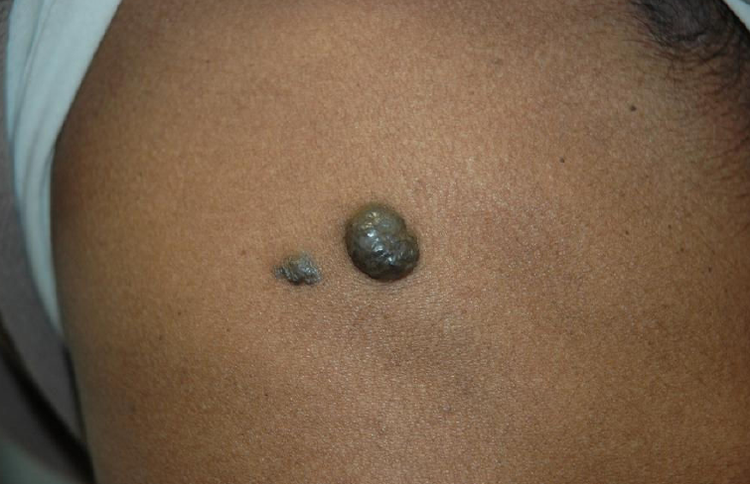
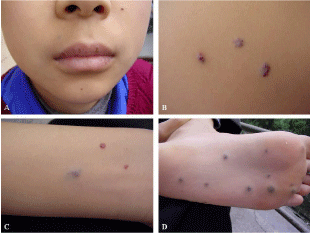




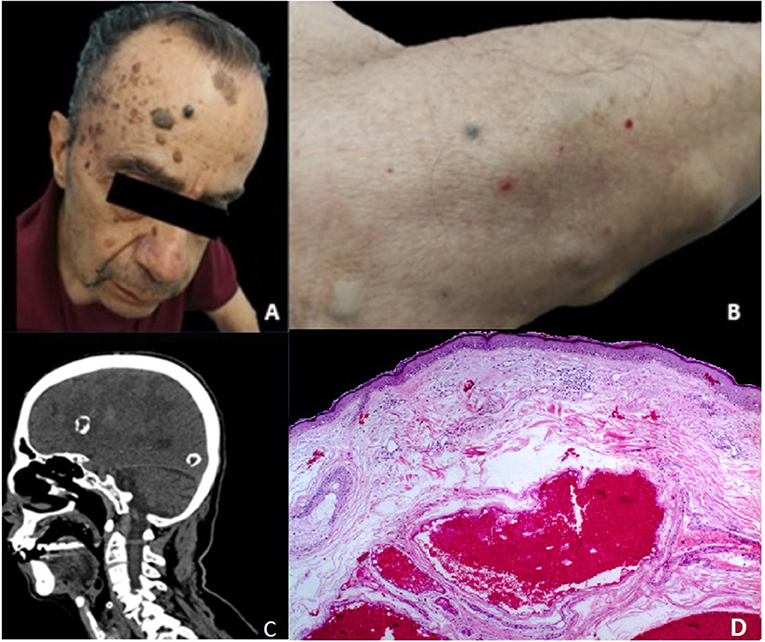













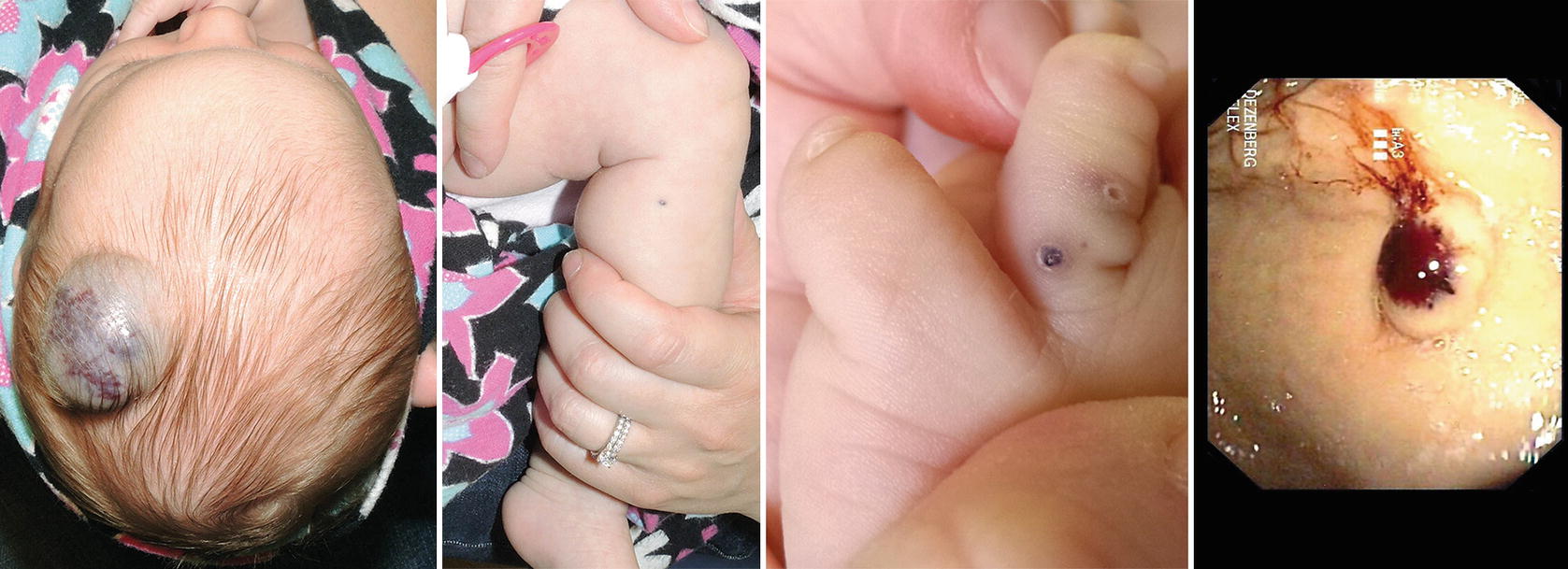








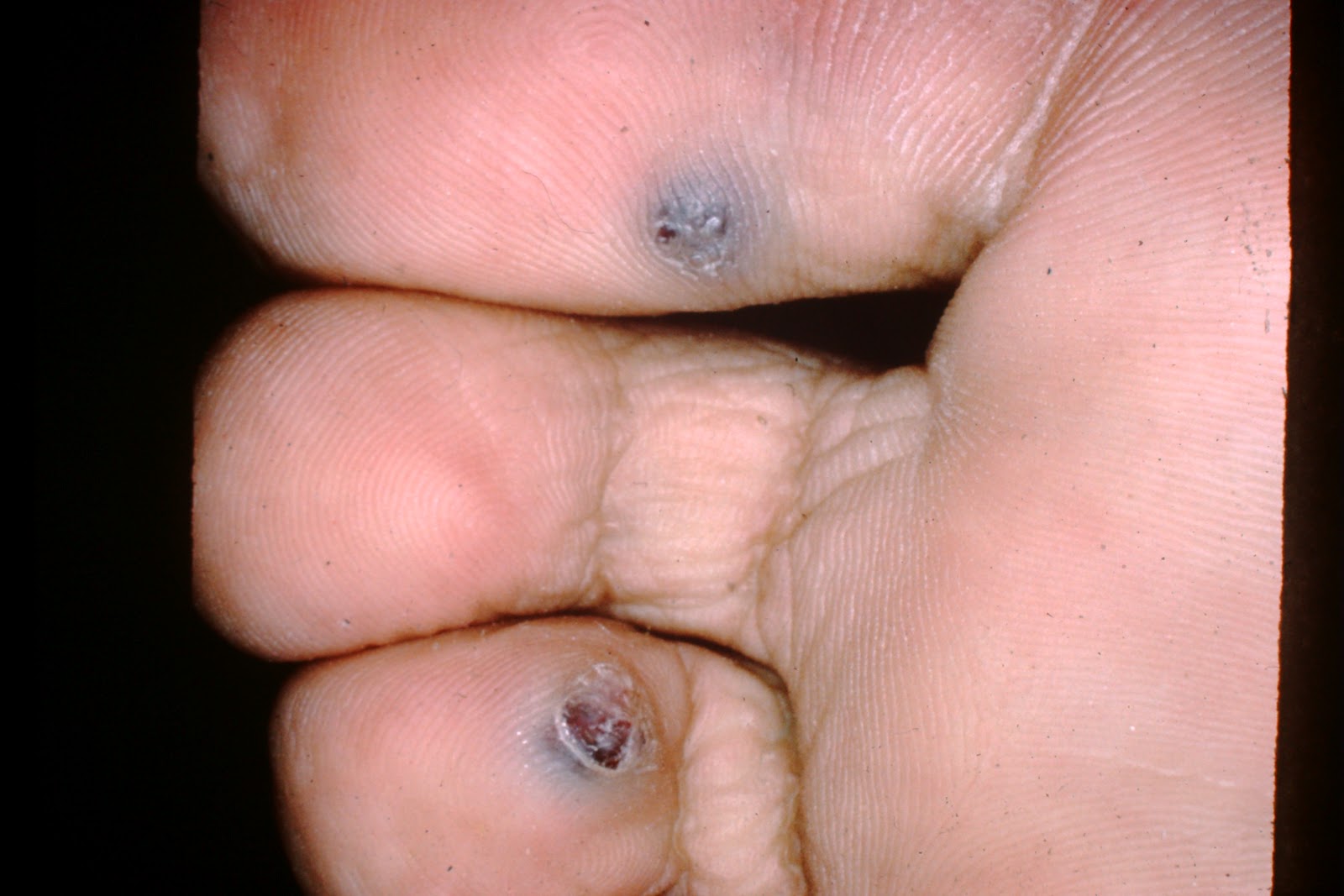















Post a Comment for "Blue Rubber Bleb Nevus Syndrome Symptoms"